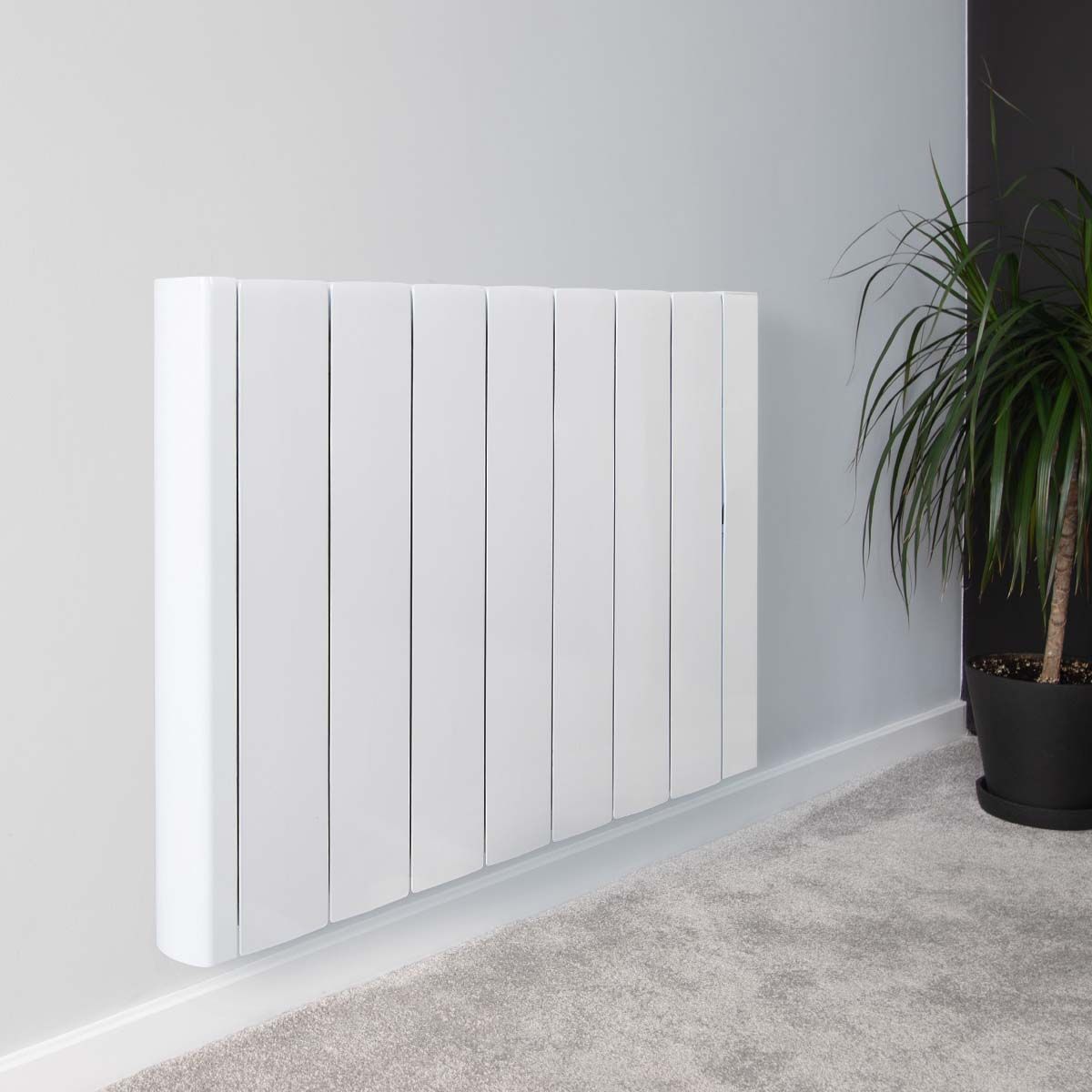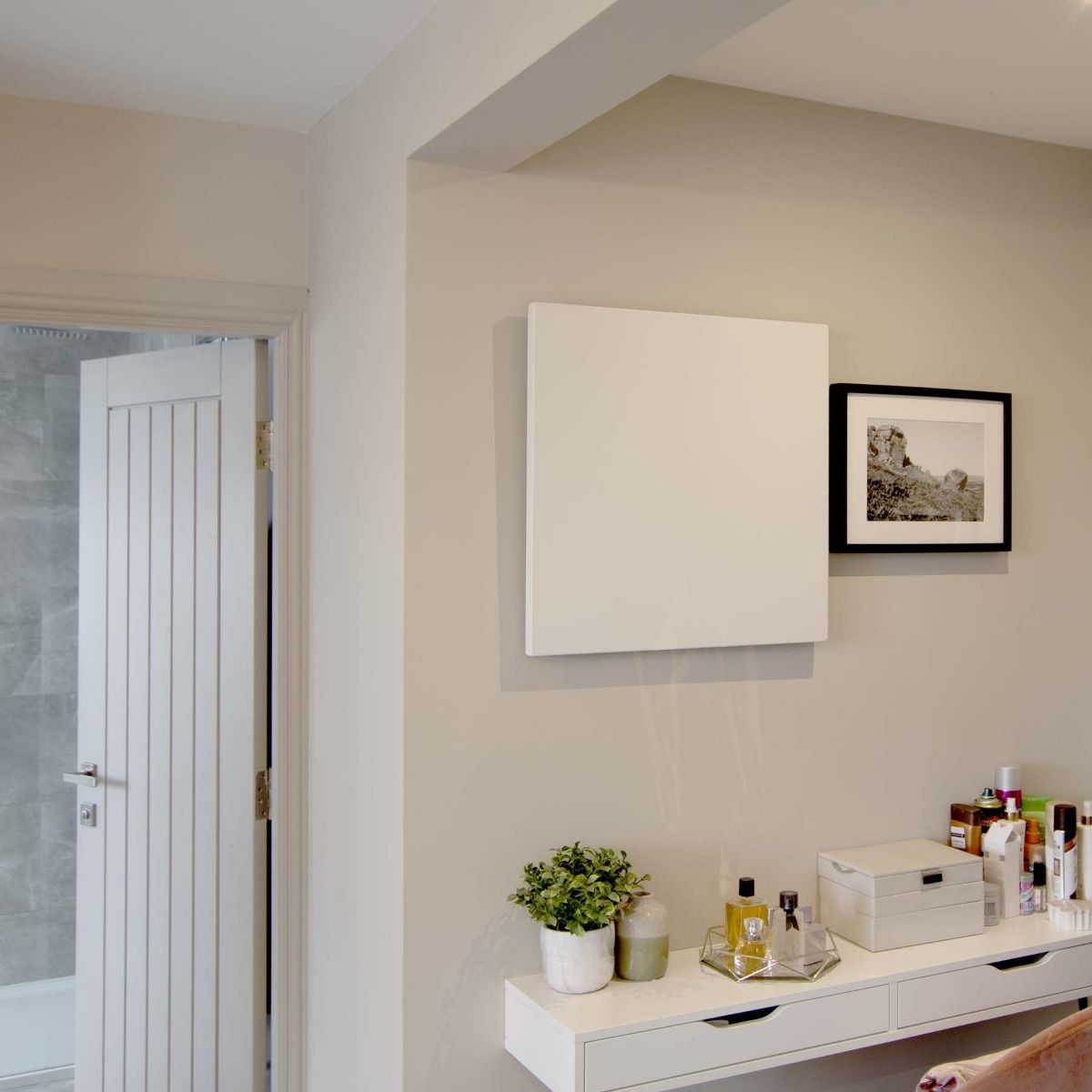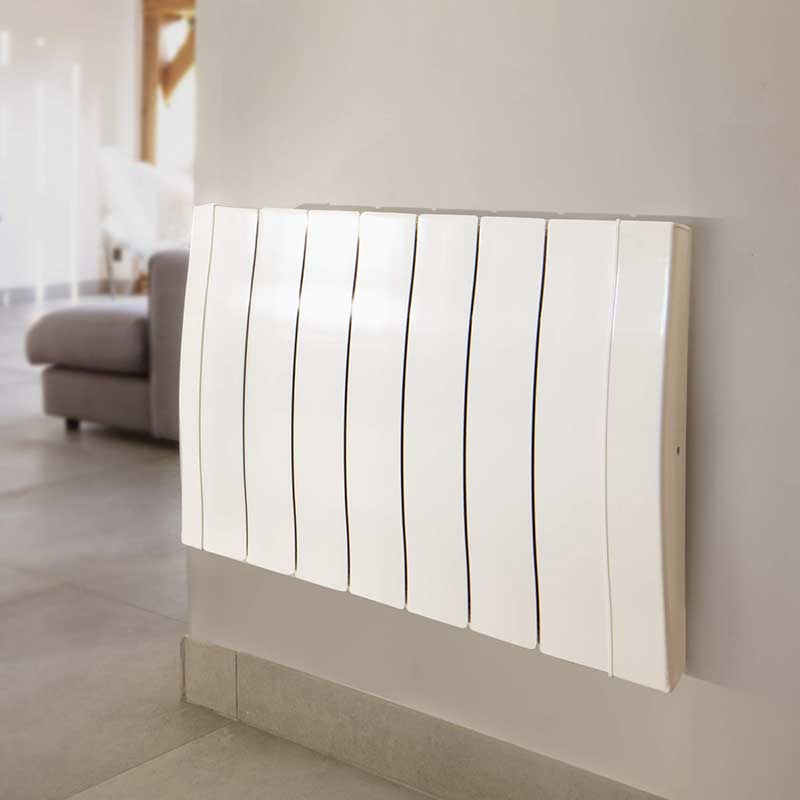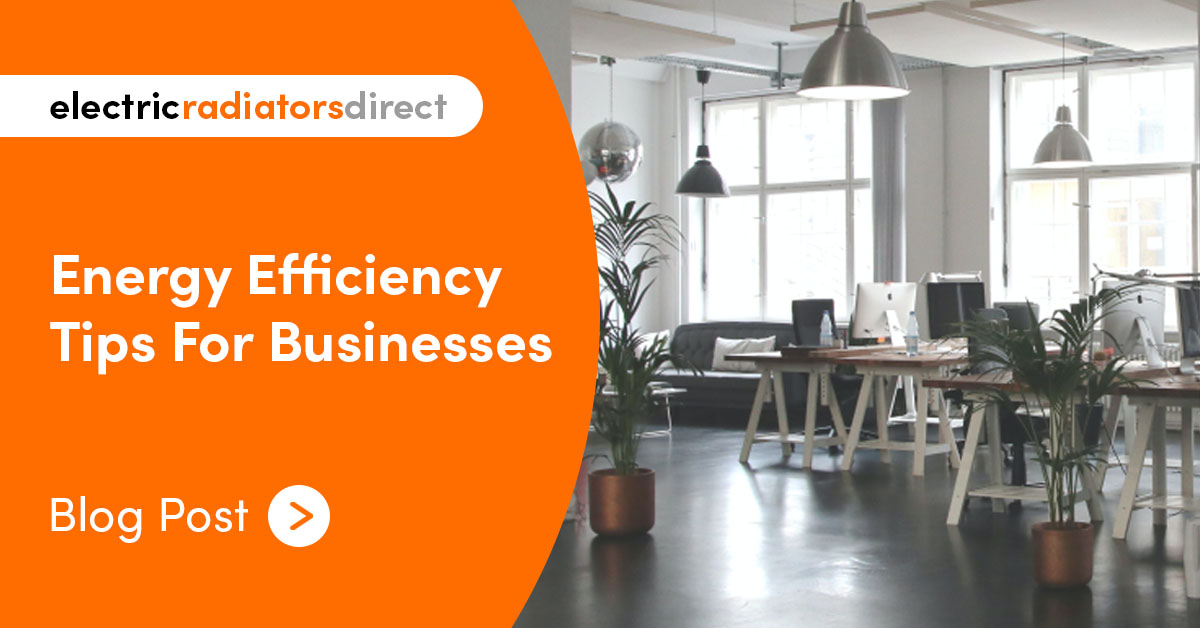

Last updated: July 2023
Energy efficiency isn’t just a household concern, it applies to businesses too. As testament to its importance, even large chain stores are beginning to examine their energy usage to try and cut back where they can. In 2022, Waitrose implemented some truly radical changes by installing air-source heat pumps to assist in lowering the heating and cooling load of its sites. It’s been an endeavour that required heavy investment from the supermarket chain but one that promises to save them a lot of money. Innovations like this show that any business can implement energy-saving measures, and while some might not be able to invest in expensive modification, there’s still plenty that can be done to keep costs as low as possible.
What can businesses do to reduce energy consumption?
It doesn’t matter if you’re a company of one or a large office block with over a thousand staff – saving energy isn’t difficult if you make small adjustments to your business. While some of these energy saving tips might require a little bit of expenditure, even changes in attitude toward energy consumption can make a huge difference. Let’s take a look at some simple ways you can keep those bills down:


Upgrade your electronics with energy-efficient models
Tempting as it may be to outfit your business with older electronics, you need to keep in mind that these will often be woefully inefficient compared to their modern equivalents. If you’ve kitted out your office with old CRT monitors, you may get some severe buyer’s remorse when you see how much they cost to run. Compared to modern LCD displays, CRT monitors can use three times the amount of power and their running costs will quickly add up if you’ve got an office full of them. It’s not just computer monitors you need to think about though. Office kitchens can be full of old, inefficient appliances like fridges, microwaves and kettles that see a lot of heavy use throughout the day. Take a look at the equipment you’re currently using and compare their running cost against a new model – you might be able to save a substantial amount of energy by upgrading.
Optimise your computer energy usage
Computers go a long way toward a company’s energy usage, aside from other essentials such as heating and lighting. Even if you have the most efficient equipment money can buy, there are still ways you can further reduce your outgoings by making a few simple tweaks to your system. All operating systems have energy management options so the screens can be set to switch off, sleep or hibernate after a certain length of time. This can really help save money in cases where people may be called away from their desks unexpectedly for long periods of time, as your computer will be drawing a reduced amount of power. This is much more effective than using screensavers, a now redundant hangover designed to prevent burn-in on old plasma and CRT screens. Screensavers are unnecessary on modern monitors but persist due to their nostalgia factor and entertainment value. They often use as much or even more energy than a monitor in use so you will be better off using a blank screen option or adopting the aforementioned power saving settings to switch the monitor off altogether.
Programme and schedule your heating system
Keeping a workplace adequately heated makes up another sizable portion of business running costs, so it’s important to make sure your system is efficient as possible. An excellent way of reducing and monitoring your energy usage is to fit a heating solution with a programmable heating schedule. Commercial electric radiators make wonderful energy-saving heating options as they can be programmed to switch on at set times, pre-heating workspaces before staff arrive, and also switching off at set times to ensure heating isn’t left on by accident. You can also set high and low heating times throughout the day and modify your system in accordance with the changes in season. Restricting your heating to business hours means that you never have to worry about wasted energy and you can also easily adjust temperatures to a more economical level as and when needed.
Fit occupancy sensors to reduce lighting costs
Not every area of the workplace needs to be constantly lit. Break areas, toilets and storage rooms see a lot of people come and go but are rarely occupied for long periods of time. Forgetting to turn a light off after use is easy to do, and if it’s the case that your storage room’s light is left on over the weekend, you’ll be wasting money and energy every time it happens. Fitting occupancy sensors in rooms that are only used for short periods will keep lighting costs to a minimum and means you don’t need to worry about lighting being left on.
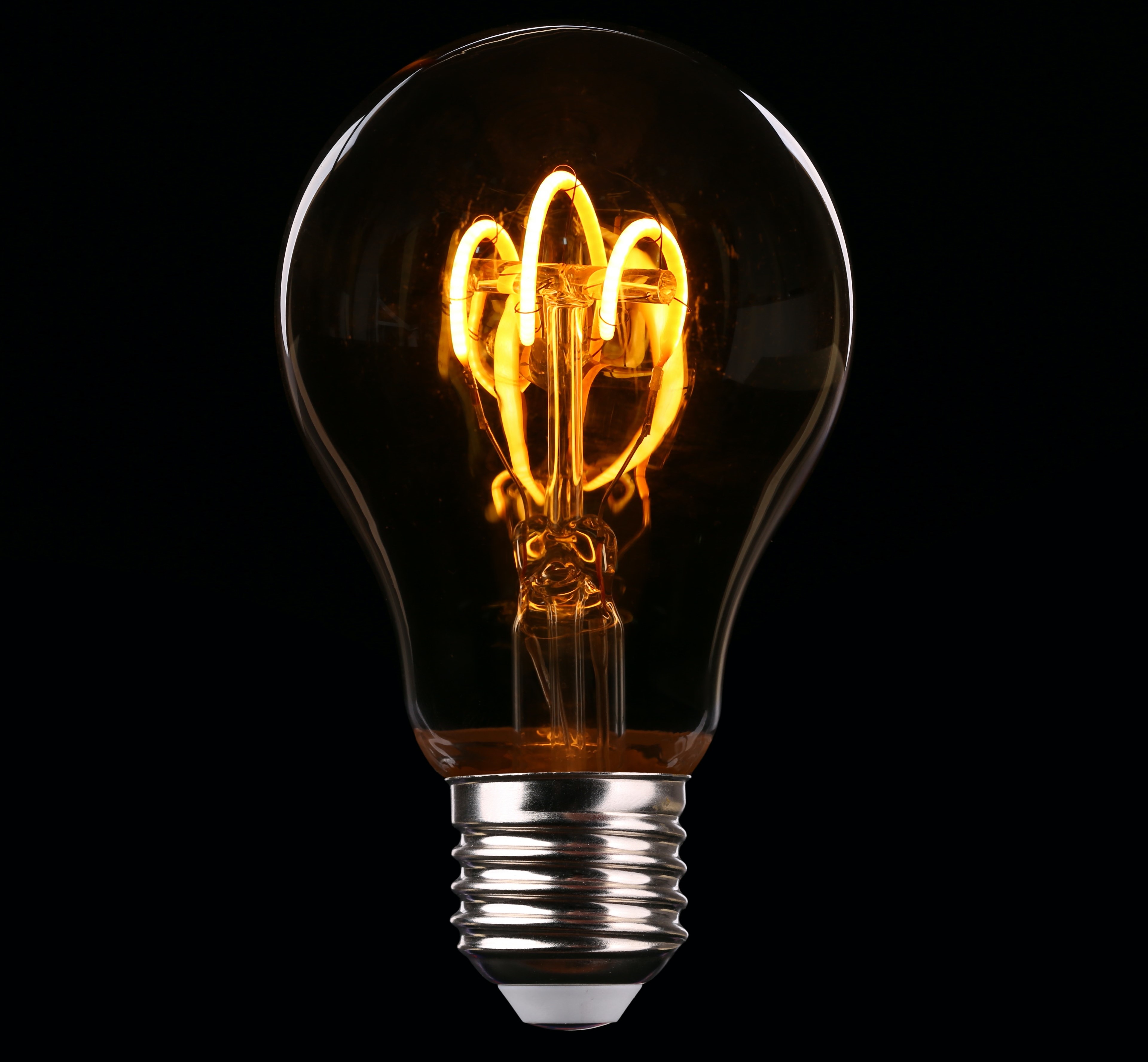

Switch to energy-efficient light bulbs
Sticking with the lighting theme, another energy-saving tip is to replace any old-style bulbs with LEDs which are much more efficient. A standard incandescent bulb uses a wattage roughly five times the amount of an LED bulb to achieve the same level of brightness, so switching to newer bulbs will definitely use a lot less power. LED bulbs also have an exceptionally long service life and have an estimated 50,000 hours of use in them, so while they may cost more than a standard bulb, their longevity makes them more than worth it.
Check for draughts and places where heat can escape
This is an obvious point but one that often gets overlooked. Checking your building for draughts will make it more thermally retentive and reduce the amount of energy you’ll need to keep it warm. Ensuring that any gaps or leaks are dealt with should be relatively cheap to do and just requires a little time and elbow grease. Even if you do not own the building or office space you’re working out of, you can always fit temporary adhesive strips around windows to plug up any gaps where cold air might be getting in, but it’s always worth talking to the owner of the building first to discuss permanent improvement options. Doors can also be a source of draughts and should be properly fitted with excluders to prevent cold air moving from room to room.


Talk to your staff and keep them informed
Exploring energy-saving ideas with staff members is the easiest way to start saving energy and costs very little, so it’s a great place to start. Employees have a valuable insight into day-to-day workings and may be able to suggest ways to make their work environment more efficient that might not even have crossed your mind. They may be having to make-do with an old printer that’s seen better days, so by bringing it to everyone’s attention, there’s the possibility it can be replaced with something much more effective. Talking to staff members about energy-efficiency is also important because it sets the standard of what is expected and ensures everyone is on the same page when it comes to implementing switch-off policies.
Do an energy-efficiency walkaround
Aside from talking to your staff, conducting a walkaround is a fantastic starting place for making your business more energy conscious. A walkaround involves surveying the building for potential problem areas that contribute to energy wastage and creating an action plan based on the findings. It’s simple to do: all you need is an audit checklist, a pen and any relevant protective clothing. It may also be useful to take photos to visually document everything you find on your walkaround. Once you’ve made a detailed assessment of your findings, you can start to plan how to fix any issues and weigh up the reward against the cost of implementing your solution. If you want to see an example checklist to try this in your own workplace, the Carbon Trust have a template which can be found here.
Our most efficient electric heaters for businesses
So, now you have the tools to make your business more energy efficient – but which of our electric heaters are most suitable? The most efficient system is always going to be one that emits radiant warmth, since it’s a direct A-to-B transfer of heat that lasts longer than traditional convection systems. All our electric radiators and infrared heaters fall into this category, so you’re guaranteed efficiency no matter which you choose.
We recommend:
From fast-acting and effective warmth to zero maintenance, check out this video to learn why electric radiators are taking UK businesses by storm.
Overhaul your business with electric heating
Making your business more energy efficient doesn’t always require a massive costly overhaul and even minor changes can have a big impact over the long term. By getting everyone involved and minimising waste on an individual level, this will easily build-up to more substantial savings on a monthly and yearly basis. So, browse our range of office & commercial electric radiators and overhaul your business today. We offer exclusive benefits and discounts for our trade customers, so don’t hesitate to get in touch if you’re interested in making an account with us.
Key learnings
- Upgrading your electronics (computers, lighting & kitchen appliances) will be an investment but it’ll save you far more money long-term than your old inefficient systems.
- Invest in electric heating systems that emit radiant warmth like electric radiators and infrared panels. Set schedules to only heat during the workday and zone your heating so lesser used spaces aren’t being warmed longer than necessary.
- Draught-proof doors and windows and check with staff to see if they have any suggestions for saving energy – they probably run into things in their day-to-day that you might not have considered.
- Do a walkaround with an audit checklist to see which areas can be improved for energy-efficiency. Putting a long-term action plan in place will help you budget and work out what needs prioritising.







